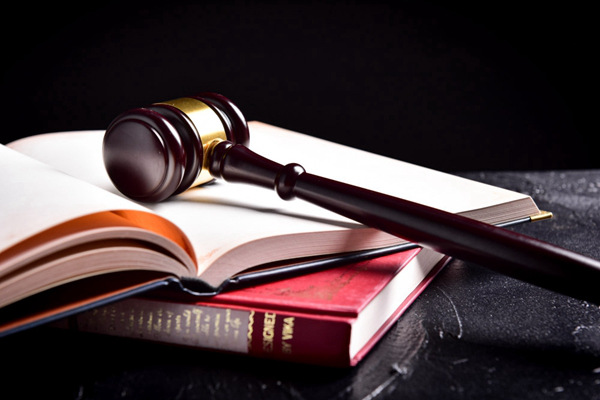Recently, the Beijing Internet Court concluded a copyright infringement case involving AI-generated images and made a clear ruling on the copyright protection of AI-generated content.
In the case, the plaintiff used open source software Stable Diffusion The defendant used the picture involved in the case when publishing an article on Baijiahao without permission and cut off the plaintiff's signature watermark. The plaintiff believed that the defendant had violated his right of signature and right of information network dissemination, and demanded a public apology and compensation for economic losses.

The process of generating the pictures involved in the case
1. The plaintiff downloaded the Stable Diffusion model, then entered dozens of prompt words in the forward prompt word and reverse prompt word, set the number of iteration steps, image height, prompt word guidance coefficient and random number seed, and generatedFirstpictures.
2. While keeping the above parameters unchanged, modify the weight of one of the models to generate the second picture.
3. While keeping the above parameters unchanged, modify the random seed to generate the third picture.
4. While keeping the above parameters unchanged, add positive prompt words to generate the fourth picture (i.e. the picture involved in the case).
After trial, the court determined that the pictures in question met the definition of works, were works of art, and were protected by copyright. The plaintiff made certain intellectual inputs in the process of generating the pictures in question, which reflected his intellectual achievements and originality, and therefore he enjoyed the copyright of the pictures in question. The defendant used the pictures in question without permission and cut off the signature watermark, infringing the plaintiff's right of signature and right of information network dissemination.
The court finally ordered the defendant to apologize and compensate the plaintiff 500 yuan. This ruling is of great significance to the copyright protection of AI-generated content. The court recognized the substantial contribution and creative behavior of the user in the process of generating content, and regarded AI-generated content as a work for copyright protection. This move will help encourage people to use AI tools for creation and protect their creative achievements.
The judgment also emphasized that entities that use AI to generate content should clearly mark the artificial intelligence technology or models used to protect the public's right to know.